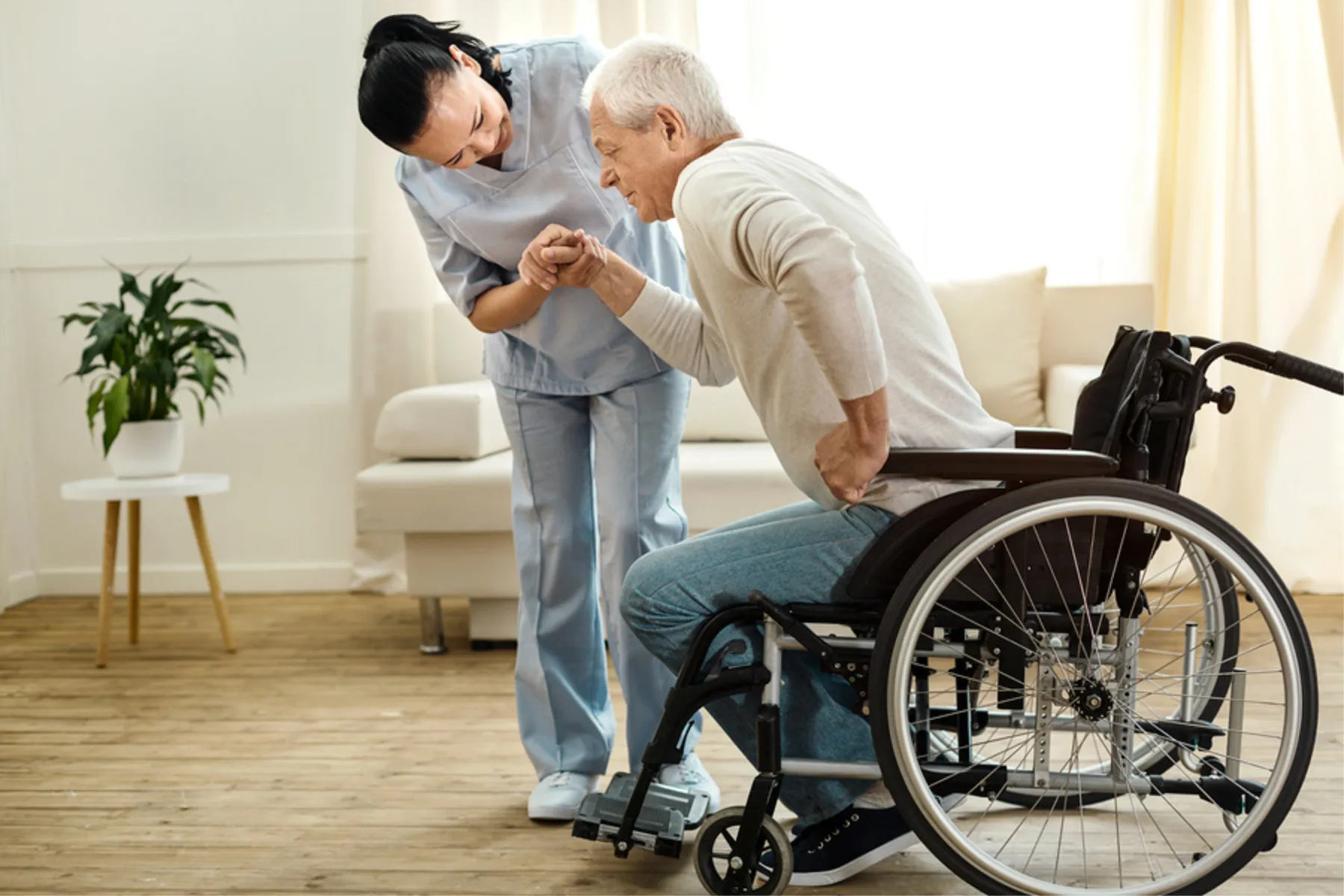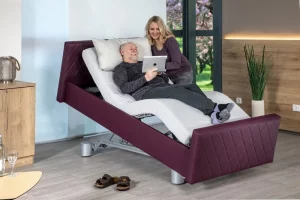As the global population ages, elderly care solutions prioritizing mobility and accessibility become crucial. Real estate adaptations supporting elderly mobility solutions offer a vital response to this challenge. By incorporating wheelchair ramps, walk-in showers, and widened doorways, seniors maintain independence and confidently navigate their homes. These adaptations provide specific benefits, and their integration into existing living spaces creates age-friendly environments supporting long-term care and well-being. What are these benefits, and how can they be seamlessly integrated into homes to prioritize elderly mobility and accessibility?
Key Takeaways
- Real estate adaptations enhance elderly mobility by providing tailored living spaces that accommodate unique needs and promote independence.
- Adaptations like wheelchair ramps, walk-in showers, and widened doorways improve accessibility and reduce mobility barriers.
- Key safety features such as handrails, grab bars, and improved lighting reduce accidents and support independent living.
- Age-friendly design elements, including non-slip flooring and natural light, create a comfortable environment that supports seniors’ changing needs.
- Future-proofing living spaces with smart home technology and adaptable features ensures long-term care and continued independence for elderly individuals.
The Importance of Elderly Care Solutions
As the global population ages, elderly care solutions have become an essential aspect of ensuring the well-being and independence of seniors, with mobility being a critical component of their overall quality of life. Effective senior care solutions enable seniors to maintain their autonomy, participate in activities they enjoy, and stay connected with loved ones, ultimately enhancing their mental and emotional well-being.
Real Estate Adaptations for Accessibility
They often require tailored living spaces that accommodate their unique needs, which is where real estate adaptations for accessibility come into play, providing seniors with the freedom to navigate their homes safely and confidently. By incorporating features like wheelchair ramps, walk-in showers, and widened doorways, elderly care solutions can be greatly improved, promoting independence and comfort for seniors in their own homes.
Enhancing Safety and Independence
By incorporating adaptive features that address common safety hazards, seniors can confidently maintain their independence, reducing the risk of accidents and injuries in their own homes. This is especially important for elderly care solutions, as it enables seniors to age in place safely and comfortably. Some key adaptations include:
- Installing handrails and grab bars to prevent falls
- Improving lighting to reduce tripping hazards
- Widening doorways and corridors for easy navigation
- Installing emergency response systems for quick assistance
Adapting Homes for Age-Friendly Living
Beyond enhancing safety and independence, adapting homes for age-friendly living involves thoughtful design and modification to create a comfortable and accessible environment that supports seniors’ changing needs. This includes installing grab bars, non-slip flooring, and wheelchair-accessible bathrooms, as well as incorporating natural light and open spaces to promote a sense of community and connection, ultimately supporting elderly care solutions that foster a sense of belonging.
Future-Proofing for Long-Term Care
As seniors age, their needs often evolve, and future-proofing their living spaces for long-term care becomes an essential consideration in supporting senior care solutions that prioritize independence, comfort, and overall well-being.
- Installing grab bars and non-slip flooring to prevent falls
- Widening doorways and hallways for ease of mobility
- Incorporating smart home technology for remote monitoring and assistance
- Designing adaptable spaces for future needs, such as wheelchair accessibility
Frequently Asked Questions
Can Elderly Care Solutions Be Applied to Rental Properties?
Yes, elderly care solutions can be applied to rental properties, enabling seniors to age in place comfortably, with modifications such as wheelchair-accessible bathrooms and grab bars, promoting independence and safety.
How Do Real Estate Adaptations Impact Property Resale Value?
Real estate adaptations, such as accessibility features, can positively impact property resale value by broadening the appeal to a wider range of buyers, increasing marketability, and potentially leading to higher sale prices.
Are There Government Incentives for Elderly Care Solutions?
Yes, governments offer incentives for elderly care solutions, such as tax credits, grants, and rebates, to encourage homeowners to invest in accessibility modifications, supporting seniors’ independence and well-being.
Can Home Adaptations Be Tailored for Specific Disabilities?
Yes, home adaptations can be tailored to address specific disabilities, ensuring a personalized and supportive living environment that enhances independence, safety, and overall well-being for individuals with diverse needs.
Do Elderly Care Solutions Require Ongoing Maintenance Costs?
Yes, elderly care solutions often require ongoing maintenance costs to guarantee safety and accessibility, including regular inspections, repairs, and upgrades to adaptive equipment and home modifications.
Conclusion
Real estate adaptations tailored to support elderly mobility solutions have a significant impact on the well-being and happiness of seniors. By promoting accessibility and safety, these modifications enable elderly individuals to maintain their independence, participate in daily activities, and age in place with dignity. As the global population ages, the importance of such adaptations will only continue to grow, making them an essential consideration for policymakers, caregivers, and seniors themselves.
Related Topic: How Real Estate Inspires Personal Narratives of Recovery

